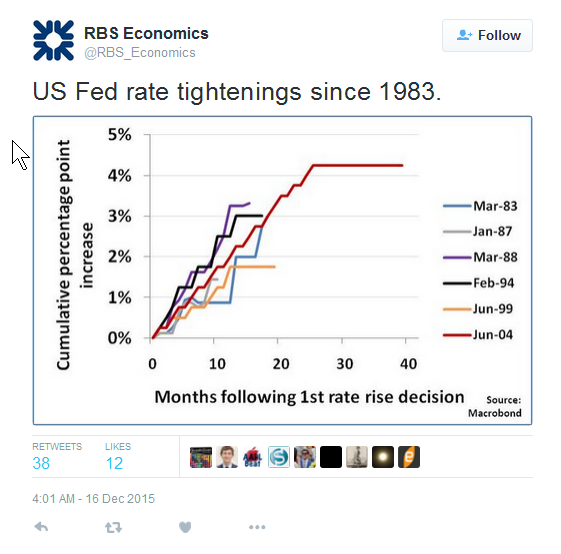The JOLTS report has exceeded the 2007 high:
What does the JOLTS report include:
Definition
The JOLTS report is the Labor Department’s Job Openings and Labor Turnover Survey. The headline number is job openings.
The JOLTS report defines Job Openings as all positions that are open (not filled) on the last business day of the month. A job is "open" only if it meets all three of the following conditions:
* A specific position exists and there is work available for that position. The position can be full-time or part-time, and it can be permanent, short-term, or seasonal, and
* The job could start within 30 days, whether or not the establishment finds a suitable candidate during that time, and
* There is active recruiting for workers from outside the establishment location that has the opening.
Active recruiting means the establishment is taking steps to fill a position. It may include advertising in newspapers, on television, or on radio; posting Internet notices; posting "help wanted" signs; networking with colleagues or making "word of mouth" announcements; accepting applications; interviewing candidates; contacting employment agencies; or soliciting employees at job fairs, state or local employment offices, or similar sources.
Job Openings does not include:
* Positions open only to internal transfers, promotions or demotions, or recall from layoffs
* Openings for positions with start dates more than 30 days in the future
* Positions for which employees have been hired, but the employees have not yet reported for work
* Positions to be filled by employees of temporary help agencies, employee leasing companies, outside contractors, or consultants. A separate form is used to collect information from temporary help/employee leasing firms for these employees.
JOLTS defines hires as all additions to the payroll during the month. JOLTS defines separations as all employees separated from the payroll during the calendar month. Why Investors Care


























